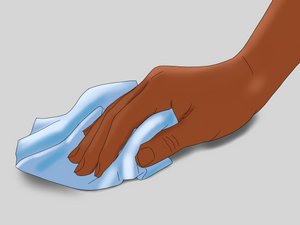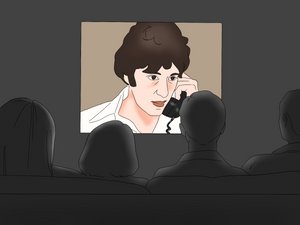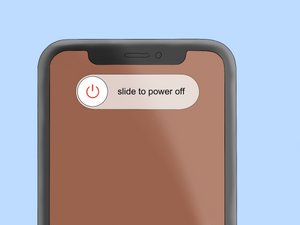How to Make an Independent Film

Authored by
Director, FilmmakerWhen you’re directing an independent film like She’s Gotta Have It, you might also be the caterer, producer, screenwriter, actor, and even your own 1st AD. And yet you can’t make an independent film all by yourself; you’ll need to work with a cast and crew to bring your vision to the screen.











